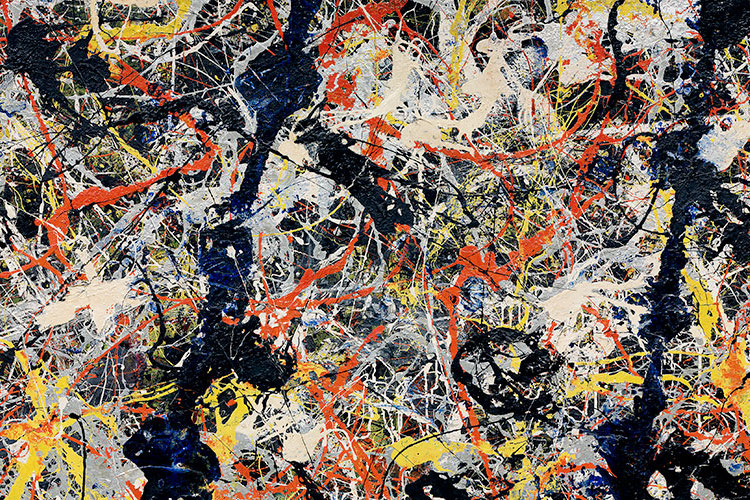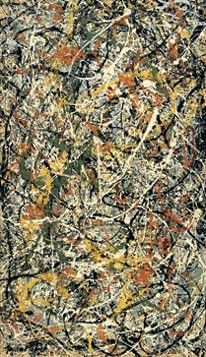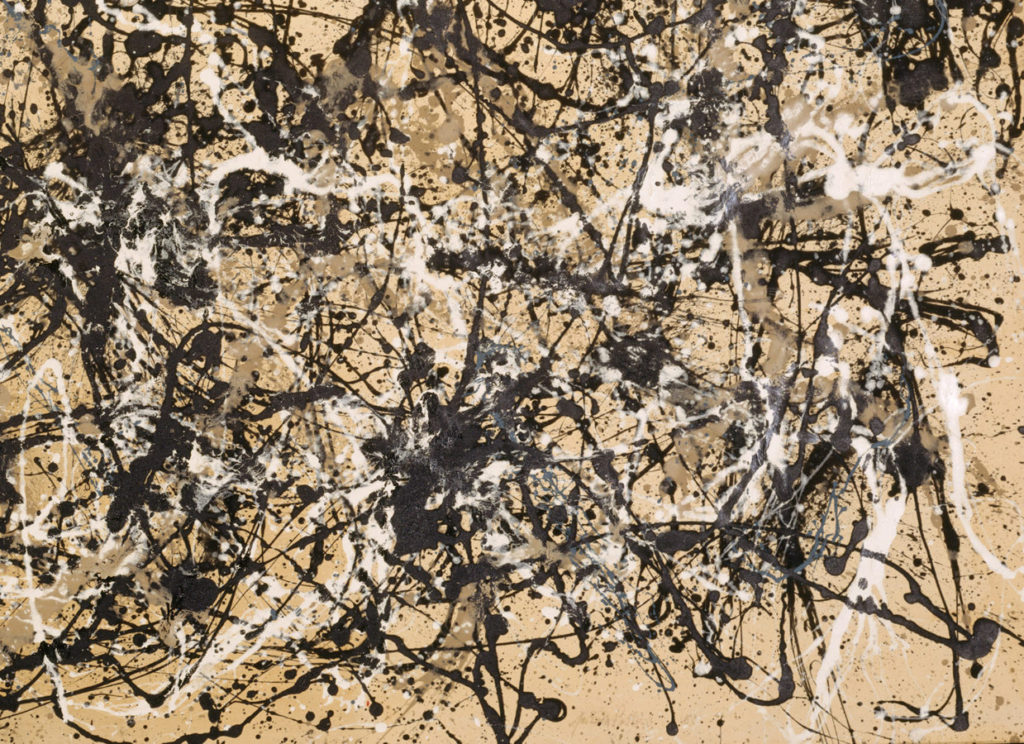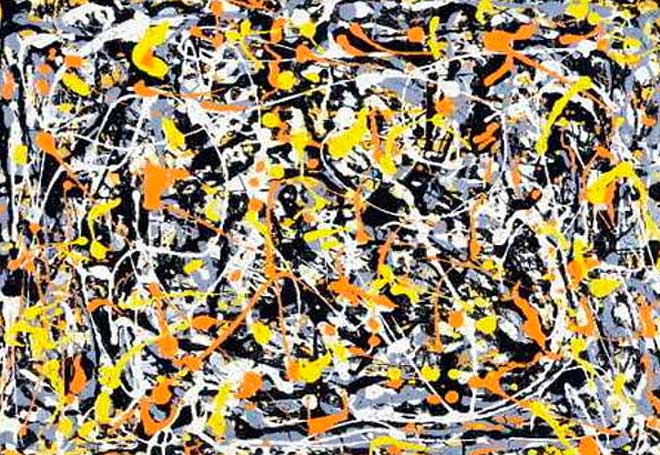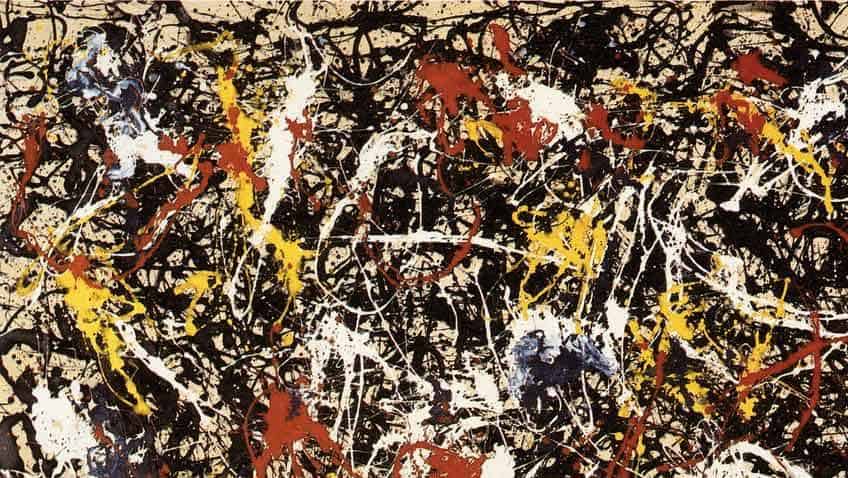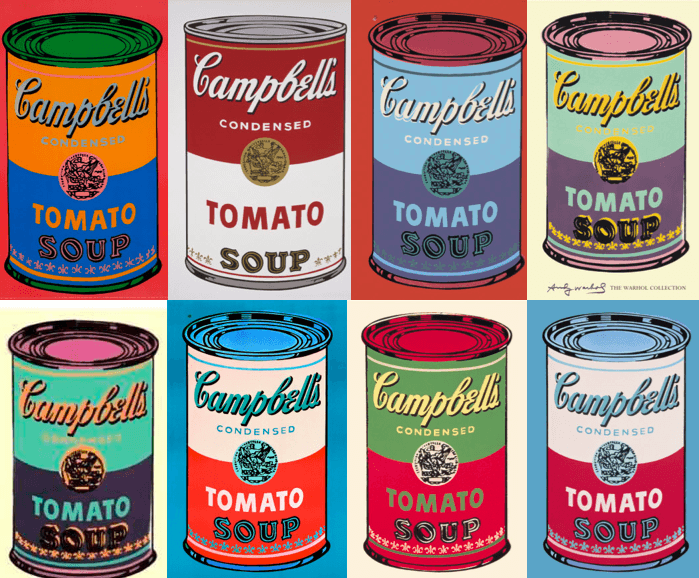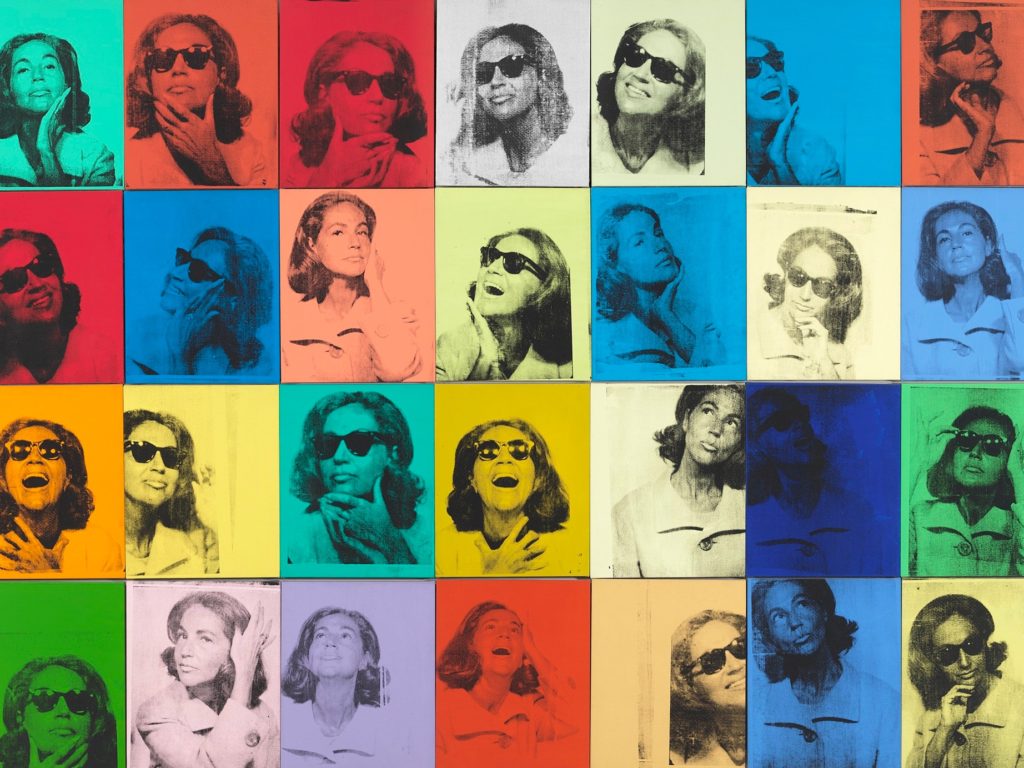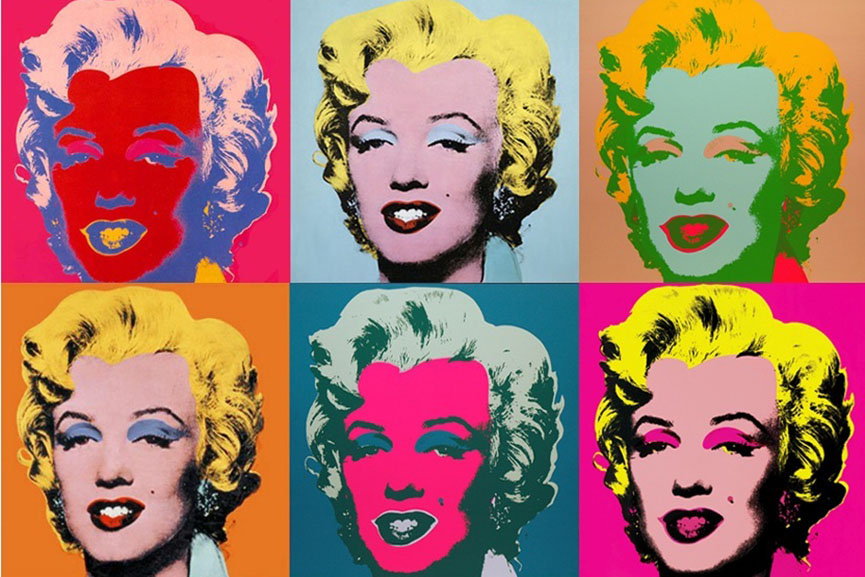MODERNISM
Time period: 18th century – 1950s
Key characteristics/ conventions : Modernism was a broad movement encompassing all the avant-garde isms of the first half of the 20th century. Although different modern-isms were often incompatible (and occasionally antagonistic) they all rejected the dominance of older movements such as Classicism, Naturalism, and Academicism in favour of new experimental ways of producing art. Early modernity is characterised intellectually by a belief that science could save the world and that, through reason, a foundation of universal truths could be established. The common trend was to seek answers to fundamental questions about the nature of art and human experience. Modernity imbue all aspects of society and are apparent in its cultural forms including fiction, architecture, painting, popular culture, photography. the age of enlightenment late 18th century, moving away from religious beliefs and god and moving into the more scientific aspects of things. This included a range of ideas centred on the sovereignty of reason and the evidence of the senses as the primary sources of knowledge and advanced ideals such as liberty, progress, toleration, fraternity, constitutional government and separation of church and state. the perfectibility of human nature. by the 19th century the enlightenment was reaffirmed by artists . to examine the impediments that were holing humanity back. free humanity from historical baggage. Modernism makes references to things inside the art work itself e.g. form, composition, medium, material, skills, techniques, process. When looking into the aspects if art, modernism holds a belief in the individual genius of the artist, a desire for originality, a thirst fro the new, and reverence for the precious and a unique art object. Modernism is concerned with object rather than subject and form rather than content, creator rather than spectator.
Artists associated:
Alberto Giacometti
Of all the artists working in Paris in the 20th century, Giacometti was the great enthusiast of plaster. He worked away at it with his knife, often subjecting it to so much pressure that it finally crumbled away, forming the rubbish observed by Genet. When he was happy with it, he painted it. The original Women of Venice exhibited at the Venice Biennale in 1956 were plaster figures with black and brown lines etched on to their faces and bodies, making them resemble the women in his paintings.
Now the Giacometti Foundation in Paris has found new methods of restoring his plaster sculptures, many of which were damaged by being broken apart and covered in orange shellac to be cast in bronze. The Women of Venice, whose painted surfaces have been revealed, can once again be exhibited as they were at the Biennale, rather than as bronzes. And they will make their first appearance at a major retrospective opening at Tate Modern in London next month. This will be Giacometti’s first Tate show since a retrospective in 1965, when the sculptor worked away in a basement, perfecting the works that he was never quite prepared to declare finished. It will be his first major exhibition in London for a decade.
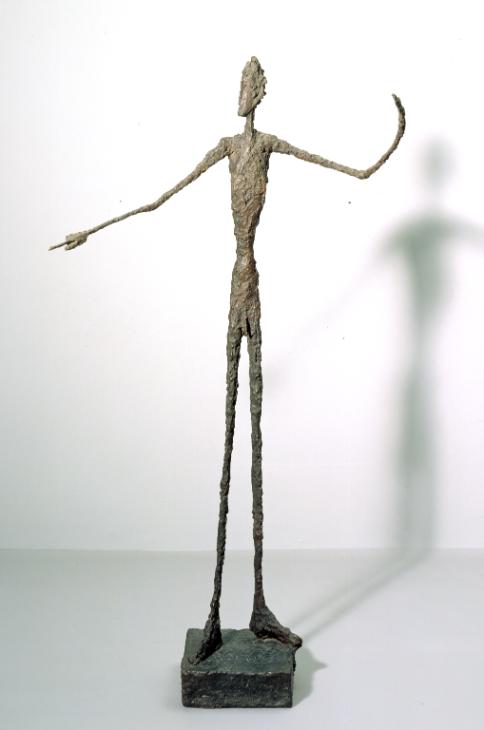
Man Pointing 1947 Alberto Giacometti 1901-1966 


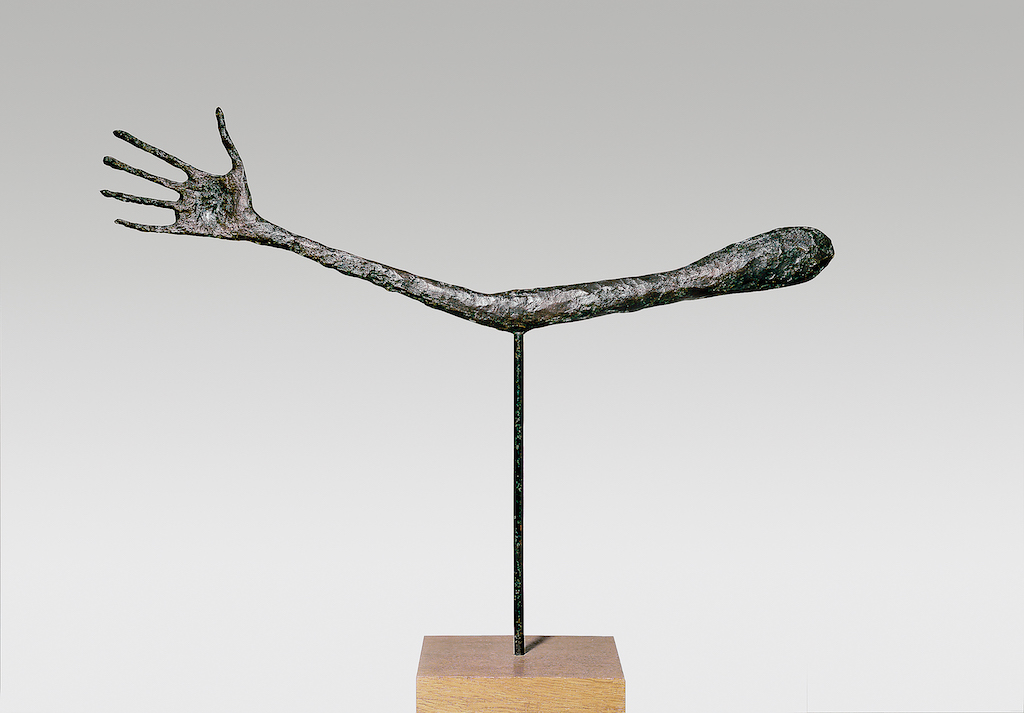


El Lissitzky
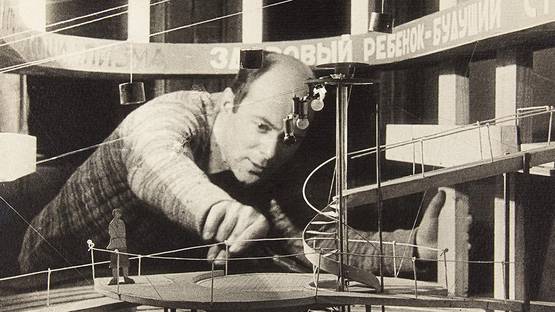

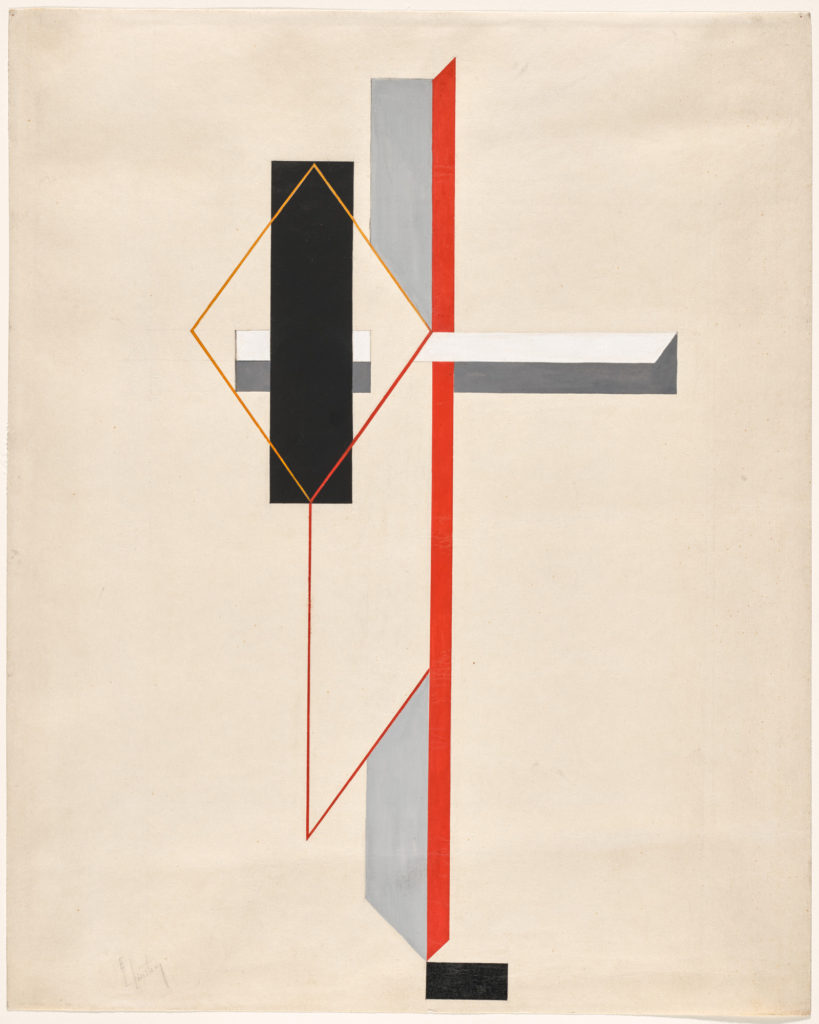
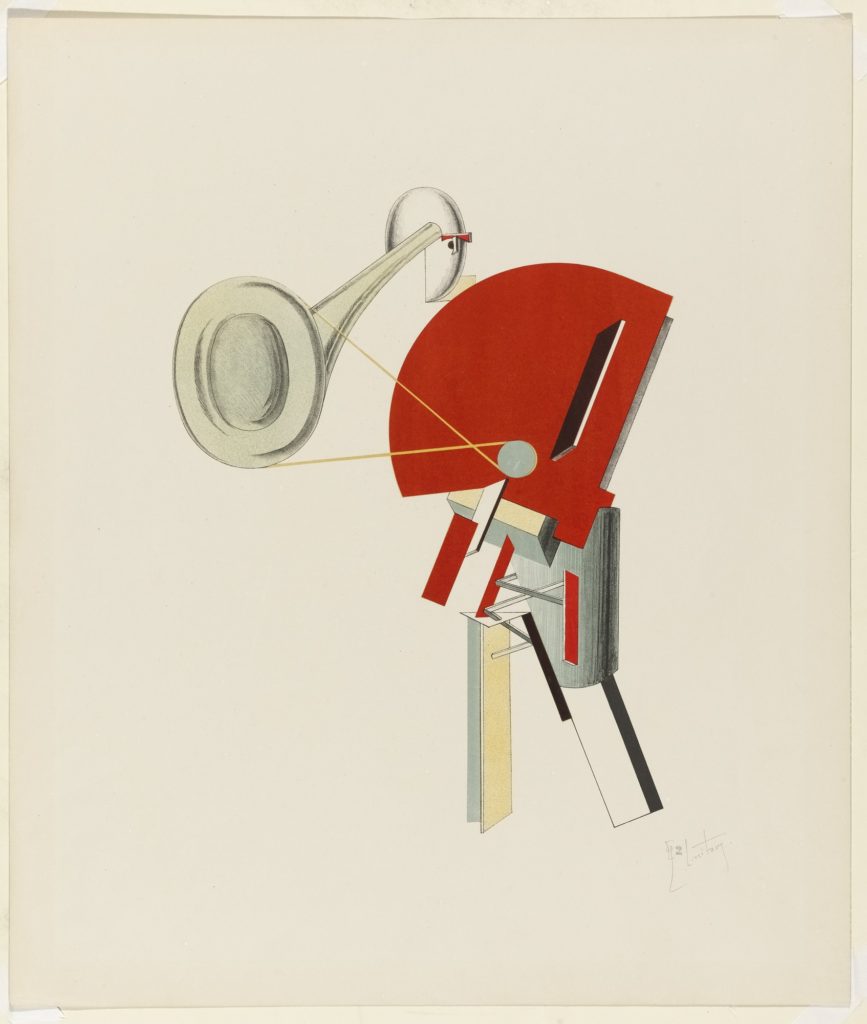
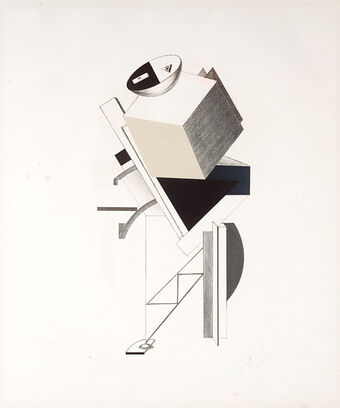

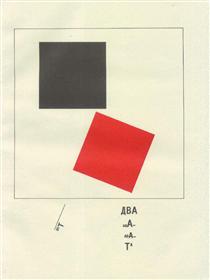

Part of the Show Machinery 1923 El Lissitzky 1890-1941
Jackson Pollock
In 1947 Jackson Pollock arrived at a new mode of working that brought him to his fame. His method consisted of flinging and dripping thinned enamel paint onto an unstretched canvas laid on the floor of his studio. This direct, physical engagement with his materials welcomed gravity, velocity, and improvisation into the artistic process, and allowed line and color to stand alone, functioning entirely independently of form. His works, which came to be known as “drip paintings,” present less a picture than a record of the fluid properties of paint itself.
POST-MODERNISM
This movement was a reaction from ww2 and pop art started to emerge by taking inspiration from mass media.Postmodernism makes references to things outside theart work…e.g. political, cultural, social, historical,psychological issues. It favours the context of a work including examining subject and the reception of the work by its audience. Work from this time period are aware of and make reference to the previously hidden agendas of the art market and its relation to art museums, dealers and critics. Postmodern work often uses different approaches in theconstruction of the work such as…eclecticism,intertextuality, collaboration, pastiche, parody, recycling, reconfiguration, bricolage
Pop Art
Andy Warhol
People’s opinions are torn over whether Pop Art is genius and a creative new idea for the postmodern age, or whether it is a load of rubbish. Others believe that pop art is worth way more that it is worth to look at. Pop art is post modern as it has created a new version of art which is original and new, as well as combining both high art with low art. Andy Warhol’s art work is post modern as it uses bricolage to combine both images and writing within artwork.
Andy Warhol’s most famous pieces are Marilyn Monroe screenprints, deteriating throughout the continueing images in many rows of the piece, as many of Warhol’s work is collages of layers of images. This shows the destruction and breakdown of Marilyn Monroe as her fame and publicity increased. Andy Warhol’s work concentrates on the idea and concept behind his work, rather than the realism which had been dominant in years before Warhol’s work became famous. Where art work is only considered as ‘good art’ when based on a realistic scene. As Warhol was one of the first pop artists to occure, people were shocked yet intrigued at this new upcoming style of art. Andy Warhol blurs the lines between high art and popular culture, as his pop art has both the combination of images and writing, which was new and original at the time. Another key piece within his portfolio is his ‘Campbell’s tin soups as shown below.
Tableaux
“Tableaux is used to describe a painting or photograph in which characters are arranged for picturesque or dramatic effect and appear absorbed and completely unaware of the existence of the viewer. ” – Sarah Jones
Tableaux vivant is French and stands for ‘living picture’, and is a story telling scene containing one or more actors or models. Tableaux photographs are a style of staged photography in which a pictorial narrative is conveyed through a single image or a series of images that makes references to fables, fairytales, myths, unreal and real events from a variety of sources such as paintings, film, theatre, literature and popular media. The models in the photographs are usually told to be: stationary and silent, usually in costume, posing in a certain way, with props and scenery, the setting may also be lit in a certain way in order to make the photo and scene look more dramatic. In order to take good tableaux photography it works well to combine both theatre and the visual arts.French philosopher, Denis Diderot was the first to use ‘Tableau Vivant’ in the eighteenth century to describe paintings with a certain type of composition. Tableau paintings had the effect of walling off the observer from the drama taking place, as well as that they were natural and realistic. In his desire to make paintings that were realistic rather than idealised, Édouard Manet, a French modernist painter, decisively rejected the idea of tableau as suggested by Diderot in the 1860s, but the concept of tableau reached a crisis due to this. He painted his characters facing the viewer with a new vehemence that challenged the beholder. In the 1970s, a group of aspiring young artists such as Jeff Wall and Andreas Gursky began to make large format photographs that resembled paintings, that were designed to hang on a wall. As a result these photographers were obliged to take on the very same issues revealing the continued importance of tableau in contemporary art.

